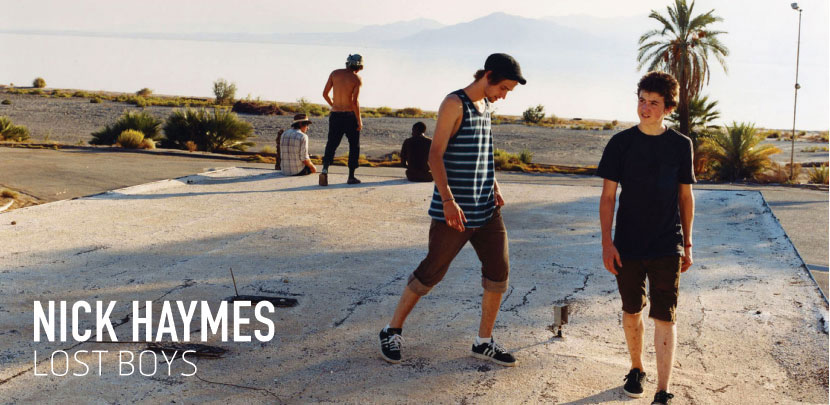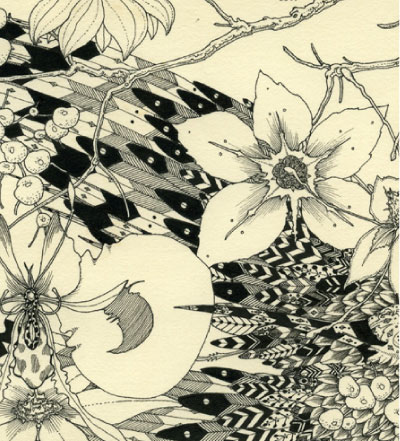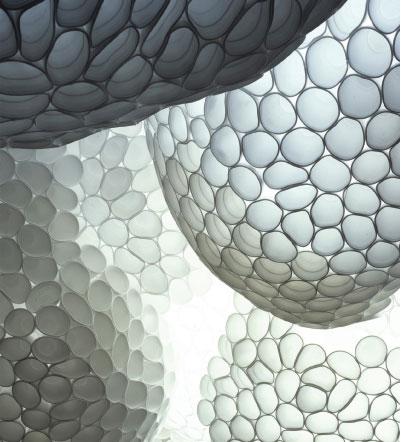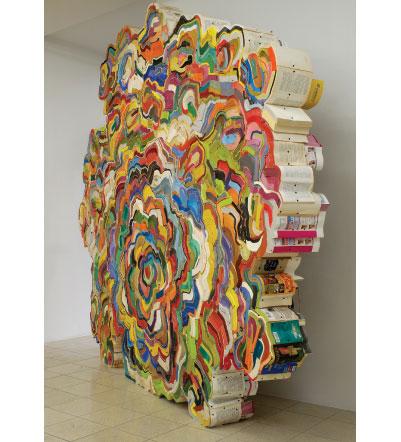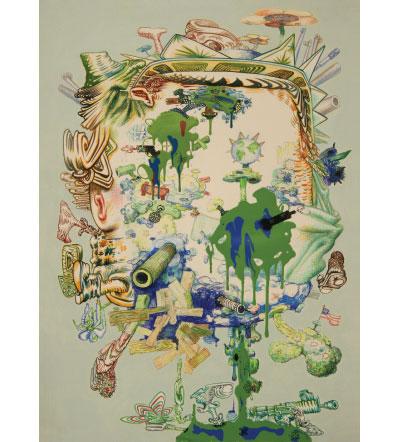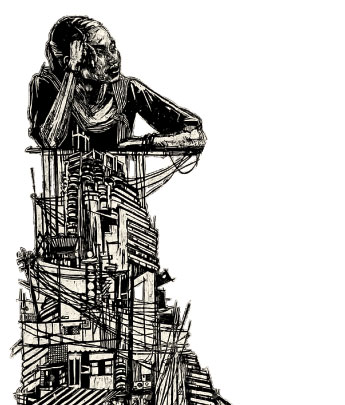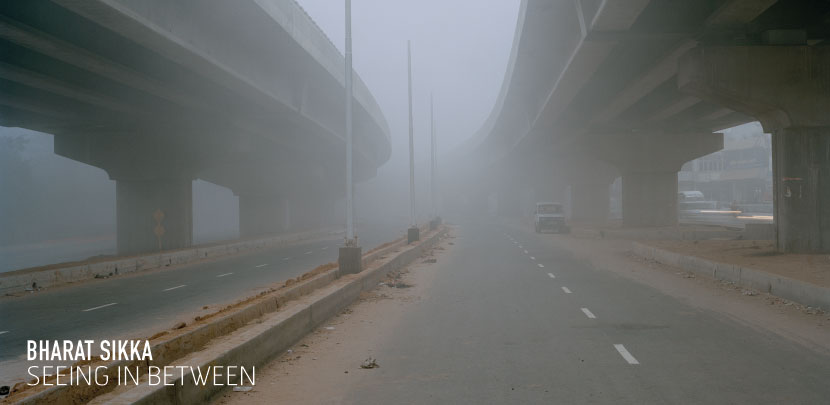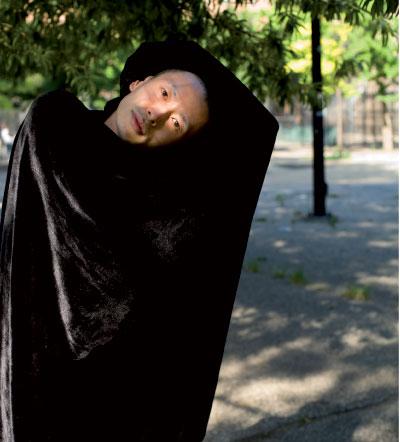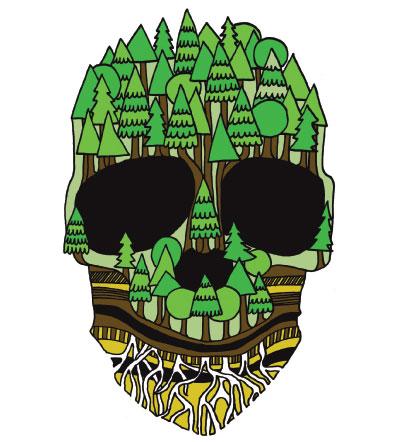
Issue 21’s Earth By was contributed by MIKE PERRY, a multi-disciplinary artist who lives and works in Brooklyn. A true creative dynamo, Mike makes books, magazines, newspapers, clothing, drawings, paintings, illustrations, and teaches whenever possible. His first book, titled Hand Job, which explores and celebrates hand-drawn type, was published by Princeton Architectural Press in 2006. His second book, Over & Over, hits shelves this fall, and he is currently working on two new books. In 2007 he started a magazine called Untitled that explores his current interests. The second issue is out now. He has worked with clients from The New York Times Magazine, Dwell, and Microsoft Zune, to name a few. Doodling away night and day, Perry creates new typefaces and sundry graphics that inevitably evolve into his new work, exercising the great belief that generating piles is the sincerest form of creative process. His work has been seen around the world including a recent solo show in London titled The Place between Time and Space.




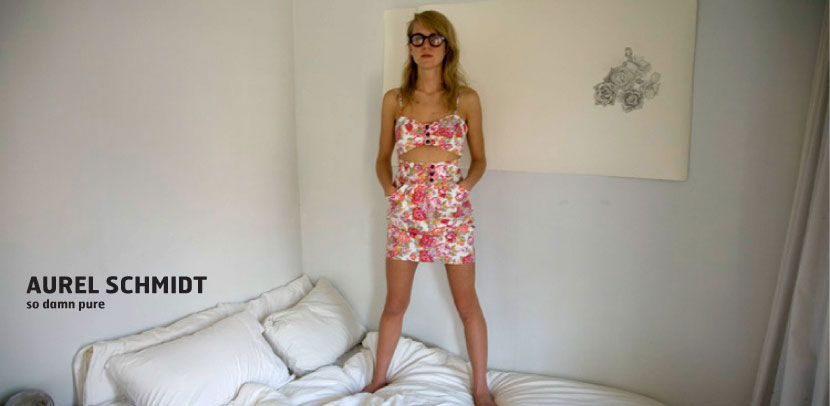
 Facebook
Facebook Permalink
Permalink Digg
Digg Reddit
Reddit LinkedIn
LinkedIn StumbleUpon
StumbleUpon Tumblr
Tumblr
